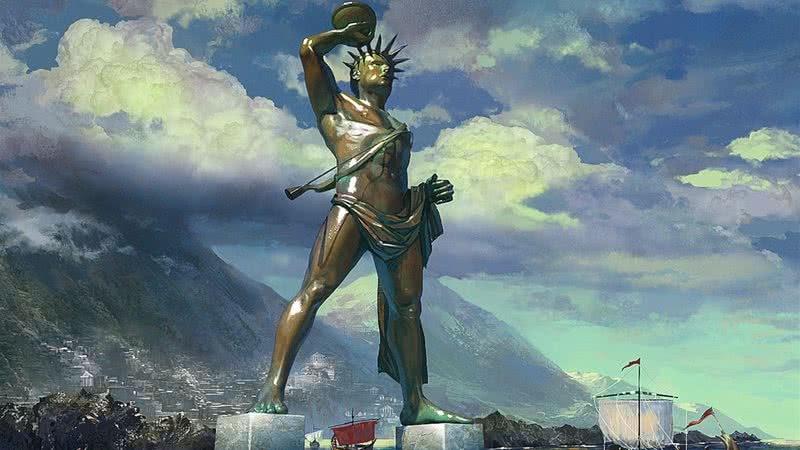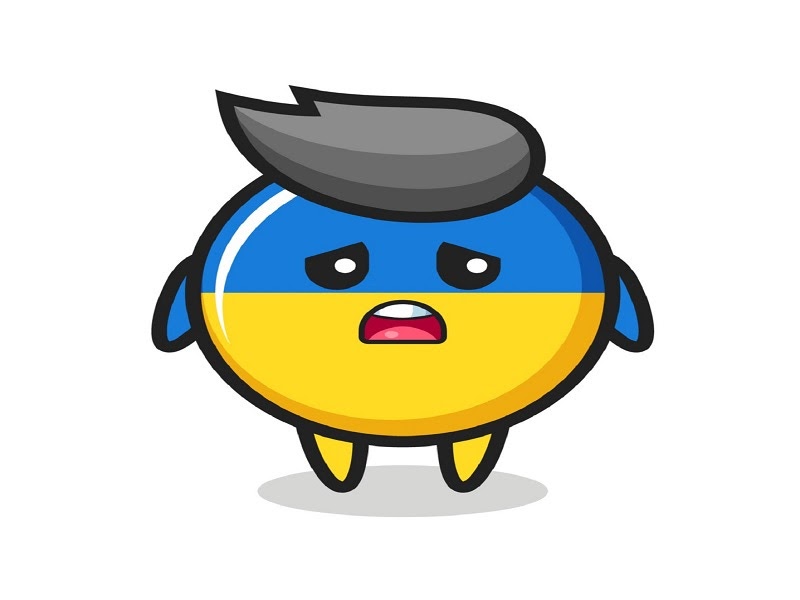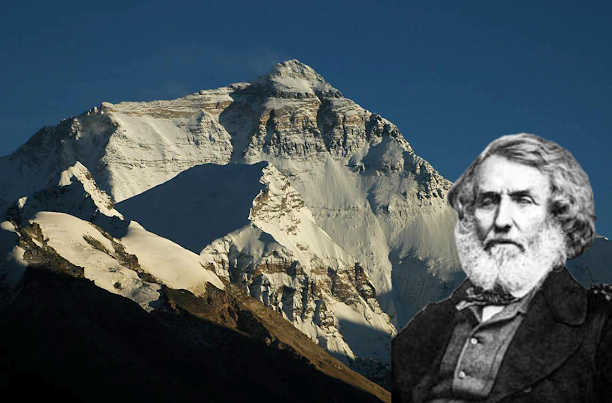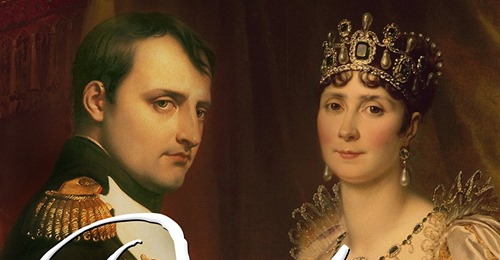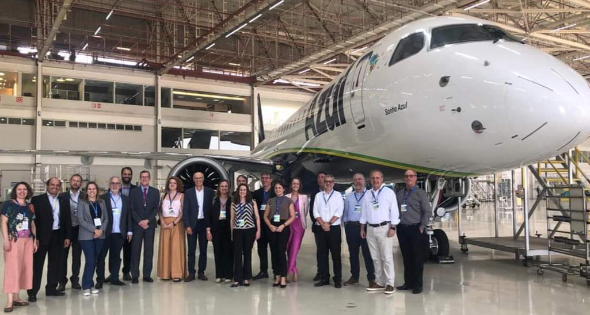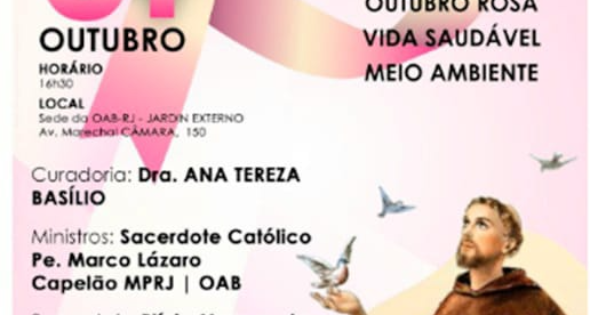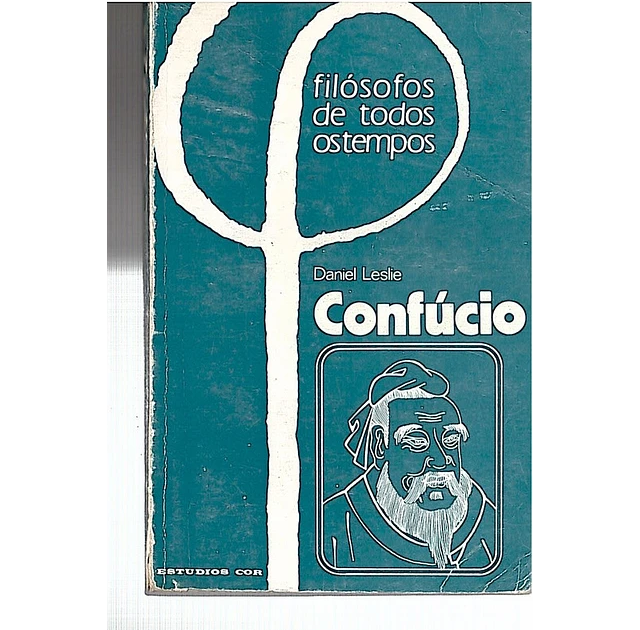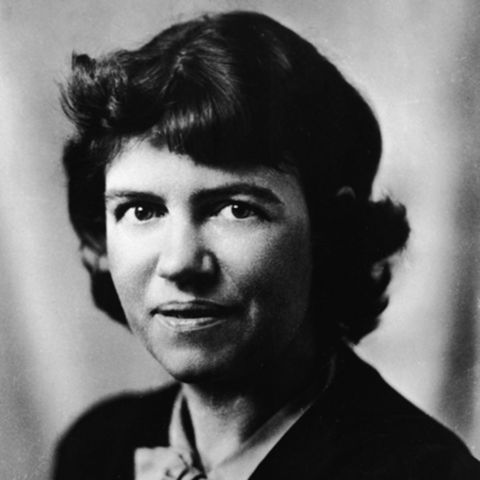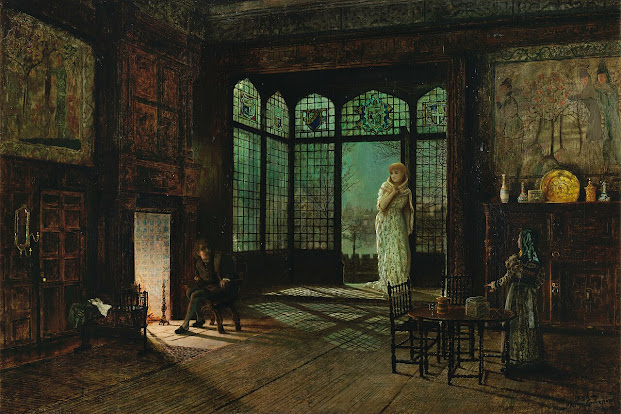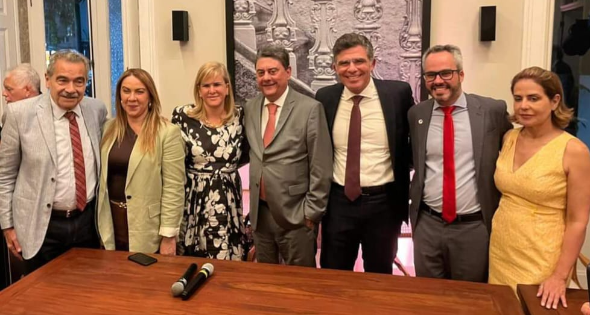Saúde
https://www.thelancet.com/journals/lancet/article/PIIS0140-6736(15)00455-9/fulltext
This year's Nobel Prize in Physiology or Medicine is awarded to three researchers from Japan, Ireland, and China who identified treatments for major tropical diseases. Brian Owens reports.
The discoverers of drugs to treat parasitic diseases that predominantly affect people in the developing world have won the 2015 Nobel Prize in Physiology or Medicine. Satoshi Omura, from Kitasato University in Tokyo, Japan, and Irish-born William Campbell, from Drew University in Madison, NJ, USA, shared half of the prize for their work on avermectin and its derivatives, a drug that has proven highly effective against river blindness, lymphatic filariasis, and several other parasitic infections. The other half of the prize went to Youyou Tu, from the China Academy of Traditional Chinese Medicine in Beijing, for her discovery of artemisinin, which forms the backbone of the most effective current treatment for malaria.
Overall, these drugs have improved the lives of 3·4 billion people in some of the poorest parts of the world, according to the Nobel committee. “I don't think you can underestimate the importance of these drugs”, said Timothy Geary, director of the Institute of Parasitology at McGill University in Montreal, Canada. “Both have revolutionised our ability to address significant global tropical diseases.”
Both discoveries share one common factor: the drugs were isolated from organisms in the natural world—avermectin from bacteria and artemisinin from a plant. “Natural sources are extremely important because of their enormous chemical diversity”, said Geary. “Neither structure would ever have been synthesised by a human chemist.”
Omura was already an expert in isolating natural products when he turned his attention to a group of soil bacteria called streptomyces—a group that had already produced the antibiotic streptomycin. He and his colleagues at Kitasato developed new techniques for the large-scale culturing of wild bacteria and pioneered the idea of looking beyond antibiotics for other potentially useful forms of biological activity in microorganisms.
Omura was able to isolate and culture several new strains from soil samples, including one, Streptomyces avermitilis, which was isolated from soil in the woods near a golf course. It was sent, along with around 50 other promising candidates, to the laboratories of the drug company Merck in the USA as part of a research partnership between Kitasato and the company.
At Merck, Campbell led a team that investigated the efficacy of the various strains and their bioactive components. He found that one, isolated from S avermitilis and named avermectin, was extremely effective against parasites in farm animals. A few chemical tweaks led to a new compound called ivermectin, which turned out to be even more effective in controlling parasites in animals and human beings.
The drug is so effective in treating river blindness and other infections that the diseases are on the verge of eradication, said the Nobel committee. This is in no small part due to the fact that in 1987, Merck agreed to donate the drug free of charge for the treatment of river blindness for as long as was necessary.
Tu is the first Chinese scientist to win a Nobel Prize for work done in China. She has been working on malaria treatments since 1967, when the Chinese Government set up a secret project to fight the disease at the request of the North Vietnamese Government, whose troops were being decimated by the disease in the Vietnamese Civil War. Tu led a group of phytochemical and pharmacological researchers who focused on extracting and isolating possible antimalarial compounds from plants used in traditional Chinese medicine.
An extract from the plant Artemisia annua, called qinghao in China, showed some promise, but the results were inconsistent. So Tu went back to the traditional literature, and found an 1800-year old reference to preparing qinghao that suggested to her that the heating involved in modern chemical extraction was destroying the active ingredient. Using a lower-temperature procedure led to much better results, and the discovery of the highly effective malaria drug artemisinin. But because of the initially secret nature of the research, “it took a while for the news to get out”, said Peter Agre, director of the Johns Hopkins Malaria Research Institute in Baltimore, MD, USA.
Today the drug is most often used in artemisinin-based combination therapy (ACT), in which it is combined with another type of malaria drug, such as mefloquine, in a single tablet. This helps to speed up the treatment and make it more effective, while also slowing the development of resistance. ACT is estimated to reduce mortality from malaria by around 20%, saving more than 100 000 lives each year, according to the Nobel committee.
The discoveries of avermectin and artemisinin led to a huge change in the way that parasitic diseases are treated, with both coming along at a time when existing treatments had largely stalled or failed. “These are the best examples of how science can change the world, especially for people in poorer countries”, said Geary.
Figure thumbnail fx1









